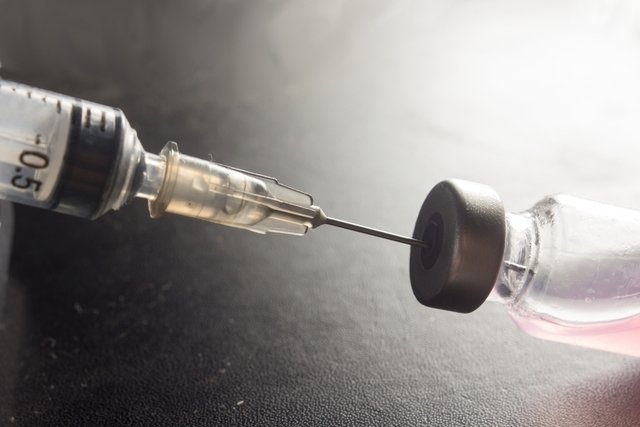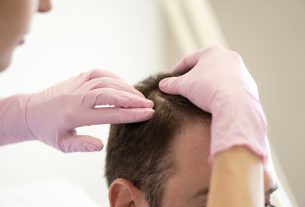Treatment for tetanus should be started as soon as possible when the first symptoms appear, such as jaw muscle contraction and fever, after a cut or wound on the skin, to avoid the development of serious complications such as difficulty moving parts of the body, difficulty to breathe or even coma, for example.
Treatment is normally carried out in the hospital so that it is frequently monitored and it can be possible to assess whether the treatment is being effective, and involves the use of medications that help block the activity of toxins, eliminate bacteria and alleviate symptoms, in addition to preventing complications.

Therefore, when there is a suspicion of being infected with tetanus, it is recommended to go to the hospital immediately to start treatment through:
- Antitoxin injection directly into the blood to block the action of tetanus toxins, preventing worsening of symptoms and nerve destruction;
- Antibiotic usesuch as metronidazole or penicillin, to eliminate tetanus bacteria and prevent the production of more toxins;
- Muscle relaxant injection directly into the blood, such as diazepam, to relieve muscle contraction caused by nerve damage caused by toxins;
- Ventilation with devices used in the most serious cases in which the breathing muscles are severely affected
Depending on the severity of the infection, it may be necessary to feed intravenously or through a tube that goes from the nose to the stomach. It is often necessary to insert a rectal probe to remove the fecal matter from the body.
After treatment, you should get the tetanus vaccine again as if it were the first time, as you will no longer be protected against the disease.
Treatment for neonatal tetanus
Neonatal tetanus, better known as seven-day sickness, is also a disease caused by bacteria Clostridium tetani and affects newborn babies, most frequently in the first 28 days of life.
The symptoms of neonatal tetanus in babies can be confused with other diseases and include difficulty breastfeeding, constant crying, irritability and muscle problems.
This disease can be transmitted by contamination of the umbilical stump, that is, by cutting the umbilical cord after birth with non-sterilized instruments, such as scissors and tweezers. The treatment of neonatal tetanus must be carried out with the baby hospitalized, preferably in an ICU, as it will be necessary to administer medications such as anti-tetanus serum, antibiotics and sedatives. See more about tetanus transmission.
Possible complications
If tetanus is not treated quickly, it can lead to serious complications as a result of muscle contractures, making it difficult to move parts of the body, such as the mouth, move the neck and even walk.
Other complications that may appear due to tetanus are fractures, secondary infections, laryngospasm, which are involuntary movements in the vocal cords, pneumonia and blockage of the most important artery in the lung, leaving the person with difficulty breathing and, in the most serious cases, in coma.
What to do to prevent
The tetanus vaccine is the most recommended way to prevent infection with the bacteria that causes tetanus, with the DTPa vaccine being most often applied, which in addition to protecting against tetanus, also protects against whooping cough and diphtheria. This vaccine can be administered to babies and adults and three doses must be administered to ensure the vaccine’s full effectiveness. Know when to get the DTPa vaccine.
To prevent tetanus, it is also necessary to take some care when suffering an injury with rusty objects, wash the wound well, keep them covered and always wash your hands before touching the injured area. See below a video that shows the best way to clean wounds:

Sign up for our newsletter and stay up to date with exclusive news
that can transform your routine!
Warning: Undefined array key "title" in /home/storelat/public_html/wp-content/plugins/link-whisper-premium/templates/frontend/related-posts.php on line 12
Warning: Undefined array key "title_tag" in /home/storelat/public_html/wp-content/plugins/link-whisper-premium/templates/frontend/related-posts.php on line 13



